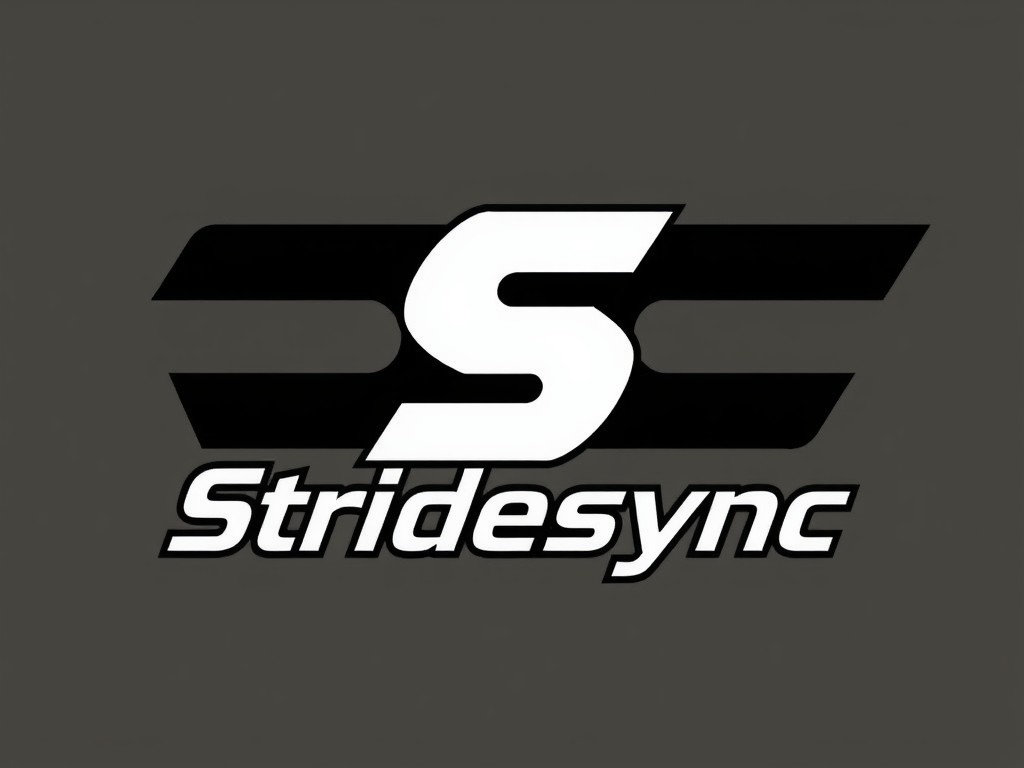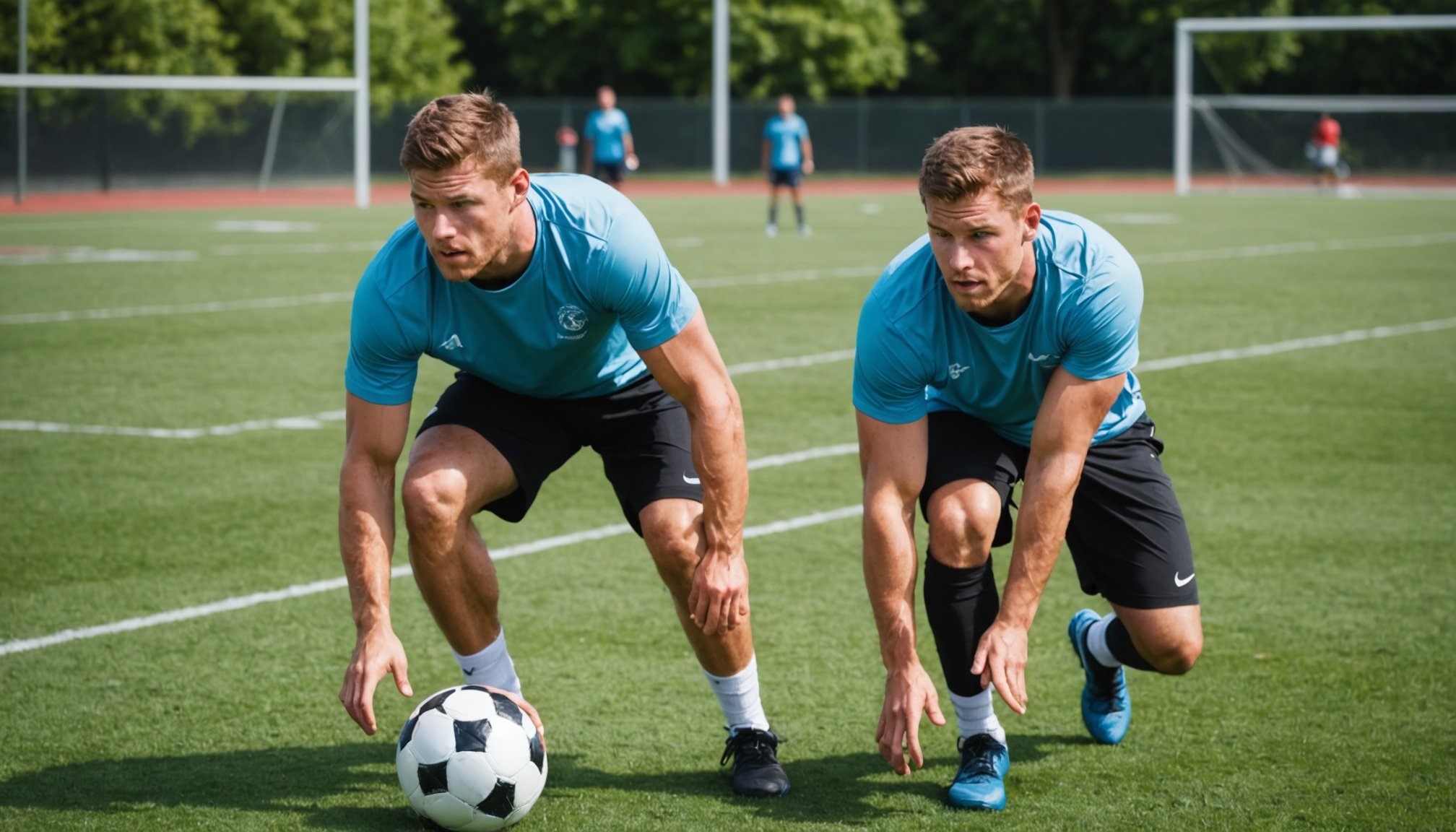Top Cooling Down Techniques for Football Players Post-Intense Training: Boost Recovery and Performance
When it comes to football, the intensity of training and matches can be overwhelming, both physically and mentally. While the focus is often on the training itself, the cooling down process is just as crucial for maintaining peak performance and ensuring rapid recovery. Here’s a comprehensive guide on the top cooling down techniques that football players can incorporate into their routine.
Why Cooling Down is Essential
Cooling down, or the process of gradually reducing the intensity of physical activity after a training session or a game, is not just an afterthought; it is a vital component of any athletic regimen. Here are a few reasons why cooling down is so important:
Topic to read : Exploring the Influence of Regulatory Shifts on Football Coaching Strategies Across the UK
- Reduces Muscle Soreness: Cooling down helps in reducing muscle soreness, a common issue after intense exercise. This is particularly important for football players who often experience delayed onset muscle soreness (DOMS) due to the high-impact nature of the sport[4].
- Improves Blood Flow: Cooling down techniques, such as stretching and foam rolling, help in maintaining blood flow to the muscles. This is crucial for removing metabolic waste products that can cause muscle damage and soreness[4].
- Regulates Heart Rate: Cooling down helps in gradually bringing the heart rate back to normal, which is essential for preventing cardiovascular strain. A sudden stop after intense exercise can lead to dizziness and other cardiovascular issues[4].
Active Recovery Techniques
Active recovery involves engaging in low-intensity activities to help the body transition from a high-intensity state to a resting state. Here are some active recovery techniques that football players can use:
Light Cardio
- Jogging or Walking: A light jog or walk around the field can help in gradually reducing the heart rate and maintaining blood flow to the muscles.
- Cycling: Using a stationary bike or a cycle ergometer at a low resistance can be an effective way to cool down without putting too much strain on the muscles.
Stretching
- Static Stretching: This involves holding a stretch for 20-30 seconds to help lengthen the muscles and improve flexibility. Focus on major muscle groups such as the hamstrings, quadriceps, and calf muscles.
- Dynamic Stretching: Although more commonly used as a warm-up, dynamic stretching can also be used as a cool-down to maintain muscle mobility and flexibility.
Foam Rolling
- Foam rolling is a self-myofascial release technique that helps in reducing muscle tension and improving blood flow. It is particularly effective for areas like the IT band, quadriceps, and hamstrings.
### Active Recovery Techniques
- **Light Cardio**:
- Jogging or Walking: Gradually reduce heart rate and maintain blood flow.
- Cycling: Low-resistance cycling to ease muscle strain.
- **Stretching**:
- Static Stretching: Hold stretches for 20-30 seconds to lengthen muscles.
- Dynamic Stretching: Maintain muscle mobility and flexibility.
- **Foam Rolling**:
- Self-myofascial release to reduce muscle tension and improve blood flow.
- Focus on IT band, quadriceps, and hamstrings.
Water-Based Cooling Down Techniques
Water-based cooling down techniques are highly effective for football players due to their ability to reduce muscle soreness and improve recovery.
Topic to read : Essential Dietary Changes for Football Players During Muscle Tear Recovery
Cold Water Immersion
- Cold water immersion (CWI) involves submerging the body in cold water (typically between 10-15°C) for 10-20 minutes. This technique has been shown to reduce muscle soreness and improve recovery by reducing inflammation and improving blood flow[4].
Contrast Water Therapy
- Contrast water therapy (CWT) involves alternating between hot and cold water to create a pumping effect in the muscles. This helps in removing metabolic waste products and reducing muscle soreness.
### Water-Based Cooling Down Techniques
- **Cold Water Immersion (CWI)**:
- Submerge body in cold water (10-15°C) for 10-20 minutes.
- Reduces muscle soreness and improves recovery by reducing inflammation and improving blood flow.
- **Contrast Water Therapy (CWT)**:
- Alternate between hot and cold water to create a pumping effect in muscles.
- Helps in removing metabolic waste products and reducing muscle soreness.
Table: Comparison of Cooling Down Techniques
| Technique | Benefits | Duration | Intensity |
|---|---|---|---|
| Light Cardio | Reduces heart rate, maintains blood flow | 10-20 minutes | Low |
| Static Stretching | Improves flexibility, reduces muscle soreness | 10-20 minutes | Low |
| Foam Rolling | Reduces muscle tension, improves blood flow | 5-10 minutes | Low |
| Cold Water Immersion | Reduces muscle soreness, improves recovery | 10-20 minutes | Low |
| Contrast Water Therapy | Removes metabolic waste, reduces muscle soreness | 10-20 minutes | Low |
Practical Advice and Examples
Timing is Everything
Cooling down should start immediately after the training session or game. The sooner you begin, the more effective it will be in aiding recovery.
Personalize Your Routine
Each player is different, so it’s important to experiment with various cooling down techniques to find what works best for you. For example, some players may find that foam rolling is more effective for their IT band, while others may prefer static stretching.
Incorporate Cooling Down into Your Training Plan
Cooling down should not be an afterthought but an integral part of your training plan. Allocate specific time for cooling down in your schedule to ensure you don’t skip this crucial step.
Quotes from Experts and Athletes
- “Cooling down is as important as warming up. It helps in reducing muscle soreness and improving recovery, which is crucial for maintaining peak performance,” – Dr. Jean-Pierre de Mondenard, sports medicine expert[3].
- “After a intense game, I always make sure to cool down properly. It makes a big difference in how I feel the next day,” – Professional soccer player.
Cooling down is not just a ritual but a necessity for football players looking to optimize their recovery and performance. By incorporating active recovery techniques, water-based cooling methods, and personalizing your routine, you can significantly improve your overall athletic performance and reduce the risk of injury.
Remember, recovery is just as important as the training itself. Taking the time to cool down properly can make all the difference in your game. So next time you step off the field, don’t rush to the locker room; take a few minutes to cool down and set yourself up for success in your next training session or game.











